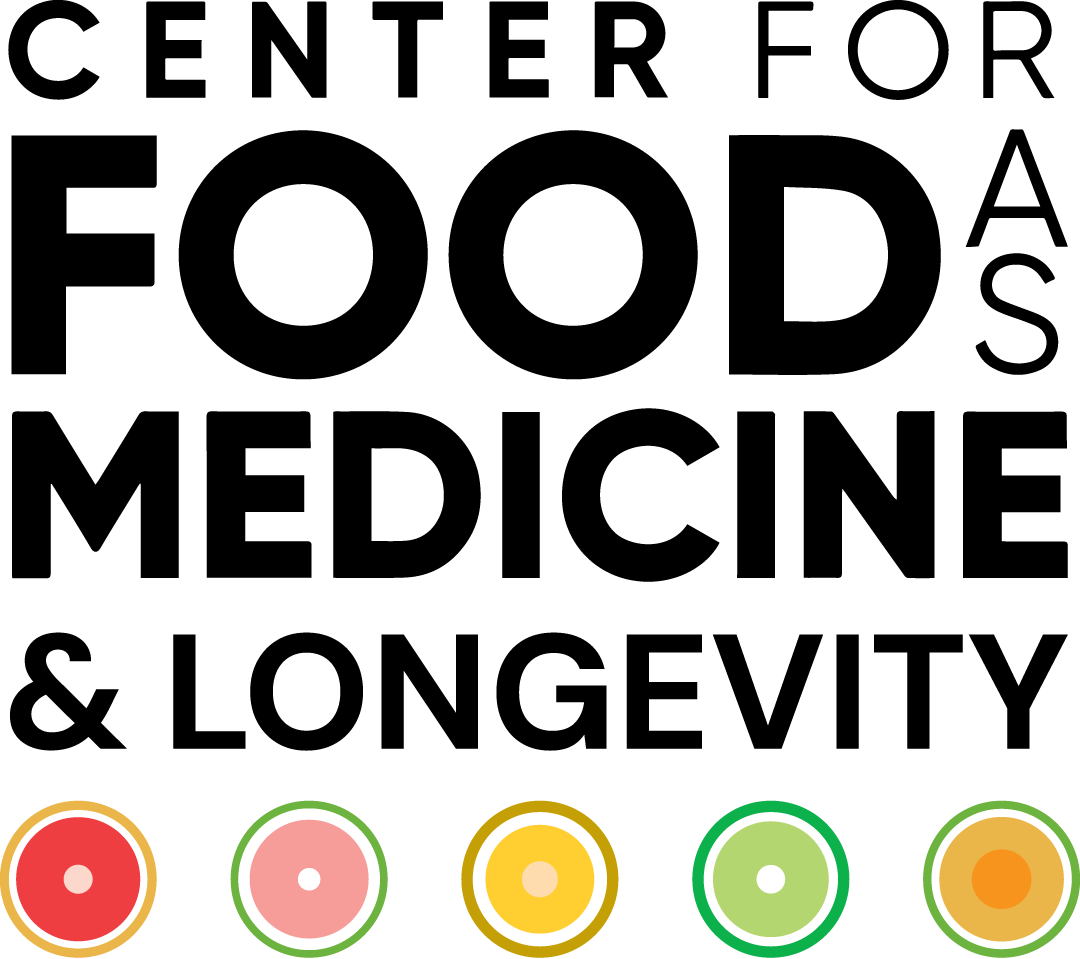“The early bird gets the worm, but the early worm gets eaten.”
— Anonymous
We’ve all encountered that singularly annoying person. For some it’s the incessantly hyperbolic perkiness of that coworker whistling Zippity Doo Dah before you’ve even finished your second cup of coffee. For others, it might be that friend who wants to stay out till 5 AM when you have to be at the office by 7 AM. This phenomenon, which has been touched on earlier in this column, refers to an individual’s chronotype; that is, whether their innate circadian rhythm is programmed to function with maximum alertness in the wee hours of dawn (morning person), the typical workday (intermediate type), or late into the evening (night owl). A person’s functional chronotype can be influenced by multiple factors, including sex, age, genetic, environmental, and psychosocial components. Most people fall into an intermediate category. In conjunction with consumption, this area of study is known as chrononutrition.
Previous studies, including those focusing on chrononutrition, have suggested an increased risk of illness associated with individuals who are night owls. Those illnesses include psychiatric disorders such as major depressive disorder, bipolar disorder, and migraine headache. This most recent study collected data from over 350,000 people (360,081) in the United Kingdom Biobank database. They found that “patients with migraine who identify as evening chronotypes experience greater headache-related disability and worse overall physical and mental health than their morning-type counterparts.”
- The study examined data from the UK Biobank project, which consisted of over 350,000 (360,081) participants.
- The cohort consisted of 58% females and 42% males, with a mean age of 56.4 years.
- Personal data was self-reported, including chronotype designation; health-related data was retrieved from healthcare ICD 10 codes within the database.
- The participants were divided into four groups: morning-type without migraine (210,775), morning-type with migraine (12,194), evening-type without migraine (129,174), and evening-type with migraine (7,938).
- Those with the evening or night owl chronotype who also experienced migraine headaches had a statistically significant association with worse physical and mental health.
The Caveat:
Previous research has documented a night owl chronotype associated with an increased risk of developing obesity and diabetes. This study found similar results with the night owl migraine group having an average body fat percentage of 34.5%, compared with 31.8% in the morning group without migraines. The individual’s health perception tracked similarly, with only 9.8% of those night owl patients with migraine describing their health as excellent. Sixteen-point-five percent of those with an early morning chronotype and without migraines describe their health as excellent. The researchers concluded that their “results suggest that evening chronotype is a risk factor for adverse mental and physical health symptoms among migraine patients.”
However, many things can impact both health and the risk of developing or triggering migraine headaches. Certain foods can influence the occurrence and severity of migraines. Excessive caffeine intake and caffeine withdrawal can cause migraine headaches (in some instances, small amounts of caffeine may relieve the symptoms). Other potential food-related triggers include alcohol (particularly red wine due to high levels of histamine and tyramine), aged cheeses (rich in tyramine), processed meats, artificial sweeteners, chocolate, and additives such as monosodium glutamate.
This study is an excellent example of potential effect modifiers versus causal agents. In clinical research, a mediator lies on the causal pathway between exposure and outcome and is a variable that distorts the apparent relationship between an exposure (e.g., in this case, evening chronotype with migraine headaches) and an outcome (e.g., in this case, worse health) by being associated with both, but not acting as an intermediate in the causal pathway.
For the results of this study, let us assume another possible hypothesis. That is because the average workday and societal function tend to favor an early morning or intermediate chronotype; those with an evening chronotype experience significantly more societal stress. It is the chronic daily stress that leads to worse health.
We could test this by allowing individuals with the night owl chronotype to function according to their natural biorhythm and observing the resulting health outcomes. If their health improved, then the conclusion that the night owl chronotype, particularly if the evening chronotype is documented by specific genotype (as discussed in a previous study covered in this column), is causative would be incorrect. Being a night owl does not necessarily lead to worse health.
Being a night owl in a society that functions according to this circadian rhythm would not result in worse health. Although the night owl chronotype is associated with the outcome (in this case, worse health) and associated with the exposure (daily life in a typical 9-to-5 society), it is the chronic daily stress associated with the exposure that is causative.
An effect moderator affects the strength or direction of an exposure’s effect on an outcome; in this case, the chronotype modifies the impact of living in a 9-to-5 society. This study is an excellent lesson in the subtleties involved in identifying causative pathways from correlational observations.
The Study:
Additional Resources:

